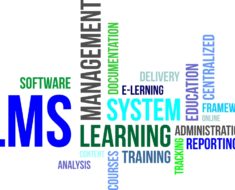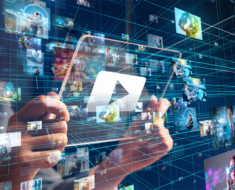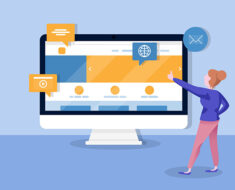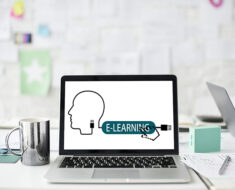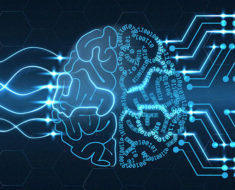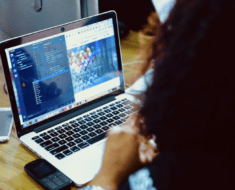
Source:https://www.cshl.edu/
It’s been a question since the dawn of time: can robots get any smarter than humans? The short answer is not yet. Even in this technologically-sound and advanced time that we’re in, there is still no beating out the human brain. Robots and artificial intelligence (AI) may come close, but right now, they’re mainly good for several processes.
One of the most talked-about topics with regards to smart AI and robots nowadays is how smart they can get. With artificial intelligence being used in most mobile applications nowadays, it seems like its only a matter of time that these simulated functions take over. Most manufacturing plants today are more or less robotized, with major functions needing uniformization being relied on robots to be done.
The truth of the matter is the age where robots will be smarter than humans is shorter than you might think. In less than 30 years, it’s predicted by innovators and industry leaders that AI will be more streamlined, equipped with more synapses and functions, as well as cognitive features. But right now, it’s all about integrating what’s available at the moment.
If you’re wondering how smart AI and robots can get – here are some things you need to know to fully grasp the abilities of recent developments in the industry. Artificial intelligence is becoming more and more part of our daily lives, and it’s only fitting that we know how these things work to plan ahead.
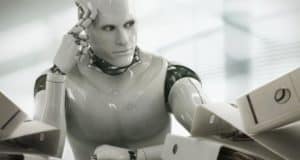
Source: https://www.irishtimes.com/
Smart AI doesn’t think, it evolves.
Like a chimera, smart artificial intelligence feeds off of what’s thrown at it, learns from it then makes itself better. There’s an obsolete notion that computers and robots work as the brain does, but in actuality, it doesn’t at all. Most robots are equipped with specific chips with a specific number of capabilities, which can then be added or subtracted to.
In the realm of smart AI however, as per robots.net, it’s all about the data and information that end-users allow the machine to gather. Once this information is identified by the AI, it then feeds it to its algorithm to create a singular profile of the person using it. Within rules-based games like chess and several online games, smart AI has been successful in beating their human counterparts.
Why? Because of convergent intelligence. Think of it like this: Robots and AI can have unlimited processing ability, as well as memory to create and adjust to simulated situations while humans’ cognitive abilities as well as the memory, is lacking.
To put simply, in any task – any mundane activity, say sports, cooking or a hobby like gardening, robots will have the advantage if they are given and created with the proper peripherals and hardware. That’s the simple truth about it. But in this convergent intelligence also lay robots and AI’s weakness: they don’t have the creativity to diverge.
Divergence may be the last straw for humans.
Creative thinking, the ability to see beyond what’s needed and making the right decision to diverge from the traditional stream of thought is what most robots and AI lack at the moment. This is where humans have the edge, but it’s seen as the last big hurdle for robots and AI to truly ascend to the top of the intelligence race.
But this hurdle may prove to be annihilated sooner than everyone thinks as the quest for AI having a real divergent intelligence has been proven in some cases. The question right now is that, “What if AI and robots do have divergent intelligence, but we are not harnessing them?” The creativity for most computing machines relies on what data is fed on them, after all.
A curious case that makes a case for divergent intelligence in AI and robots is the new office of the software firm Autodesk. The company decided to make their office as employee-friendly as possible so they asked their employees what they wanted: the number of lights, ventilation, seats, etc. The survey results were then fed to an artificial intelligence system.
The AI then churned out thousands of designs that the architects hand-picked and based their final layouts from. What the AI did was generative design, which, when examined carefully, is a form of divergent intelligence.
One other important factor in the limits of artificial intelligence is it can’t grasp the basis of humanity. Computers, robots and AI are all good at matching patterns. This means while computers can have millions of memory and powerful computing power, the truth is that the patterns it can learn will still be limited.
For humans, we are equipped with the ability to match unlimited patterns, although we’ll need to cache others in the process. This is where the clear difference between humans and robots intelligence lays: humans understand the depth of context while robots may try to, but can never emulate it. For now, anyway.
Takeaway
Make no mistake about it, robots and smart AI are crazy intelligent. They can perform computations that the human brain can’t, and they know and retain information better than us. But years of evolving and interaction and learning and living in the world around us have also given us far more humanity and understanding that robots have not yet cracked.
















